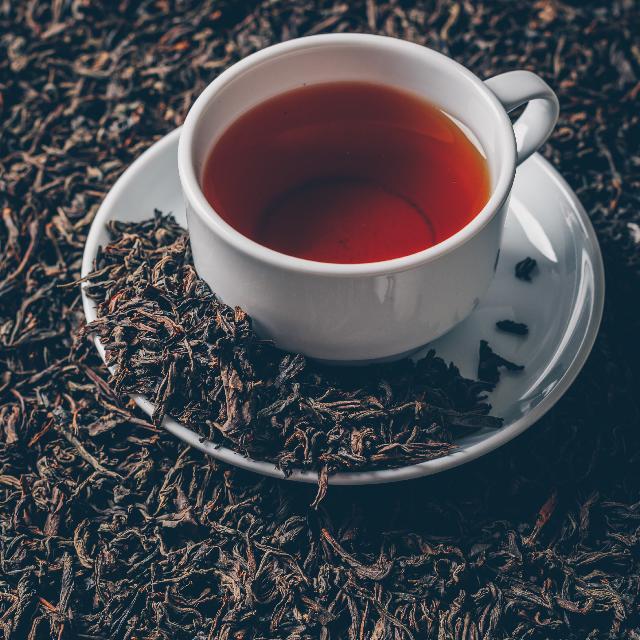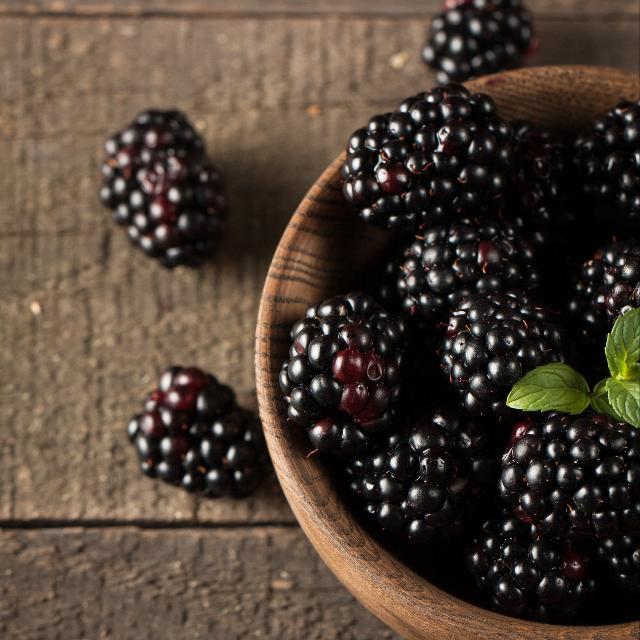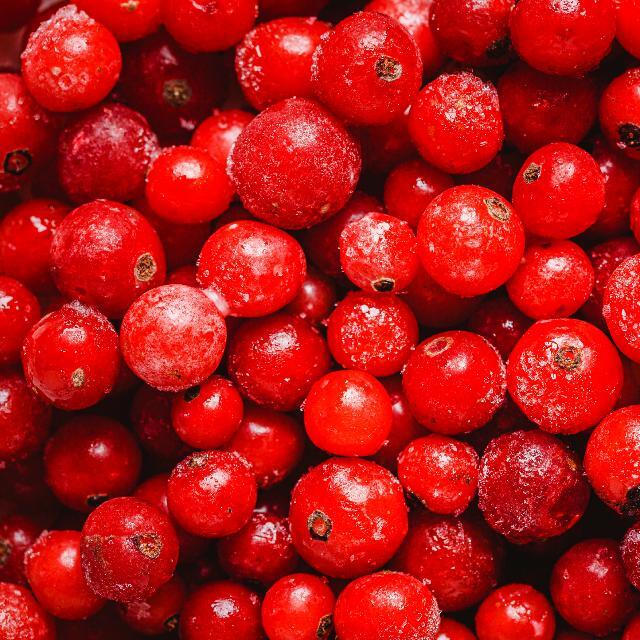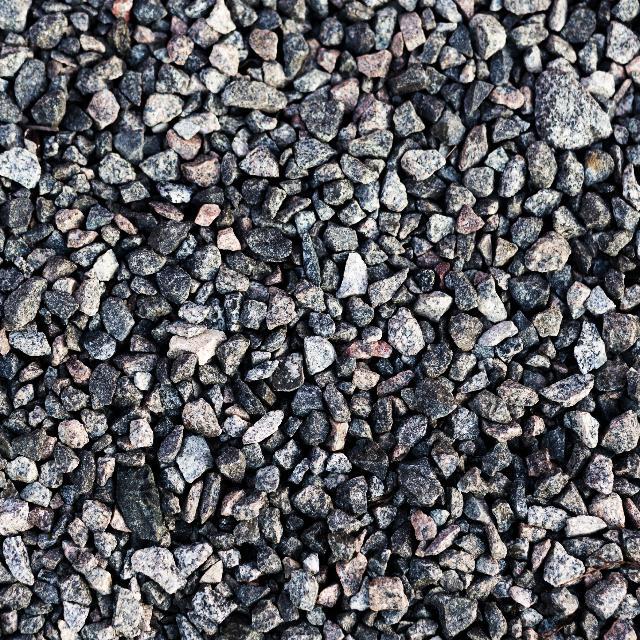The privileged minority that recently tasted one of the few remaining bottles of the original 1959 Lanzerac Pinotage describe a wine that displays notes of tobacco and tea, together with vibrant black berry and cherry fruit. Harmonious and expressive with maturity but also freshness.
Sixty years later, the reincarnation of this wine displays some of the same characteristics as the original. Red and black berries with hints of tea leaf, combined with an earthiness and finishing with soft, silky tannins, speak to its ancestors, namely Pinot Noir and Cinsaut.
Sixty years later, the reincarnation of this wine displays some of the same characteristics as the original. Red and black berries with hints of tea leaf, combined with an earthiness and finishing with soft, silky tannins, speak to its ancestors, namely Pinot Noir and Cinsaut.
Grapes from this single block, planted in 1953 on Bellevue, arrived in bins at the Lanzerac Cellar, where bunches were sorted and destemmed, after which the berries were sorted again before a light crunch. Fermentation took place in small open fermenters with punch downs four times a day. The wine was racked, and the skins were pressed in a small basket press. Maturation took place over 18 months in 300-litre French Oak barrels. The age of the barrels ranges from 2nd fill to 4th fill.
Winemaker: Wynand Lategan
Winemaker: Wynand Lategan
For centuries, Lanzerac has been a true icon of South African Winelands. This graceful estate has played host to untold numbers of Stellenbosch residents, as well as visitors from home and abroad, for more than 300 years. Lanzerac's recorded history began in 1692 when then Governor of the Cape, Simon van der Stel, granted a piece of land in the pristine Jonkershoek Valley to Isaac Schrijver, an enterprising. Originally named Schoongezicht, Lanzerac changed hands several times, with each owner contributing to the legacy and heritage of this unique property.
While wine has been an integral part of this Estate since its beginning Lanzerac also holds significant historical value with all of the historical buildings representing distinctive examples of Cape Dutch architecture. Today the Estate covers an area of about 150 hectares, of these, 50 hectares consist of vineyards. Noble cultivars that include Sauvignon Blanc, Chardonnay, Pinot Blanc, Merlot, Pinotage, Shiraz, Cabernet Sauvignon, Cabernet Franc, Malbec, and Petit Verdot grace a variety of soil types and micro-climates.
While wine has been an integral part of this Estate since its beginning Lanzerac also holds significant historical value with all of the historical buildings representing distinctive examples of Cape Dutch architecture. Today the Estate covers an area of about 150 hectares, of these, 50 hectares consist of vineyards. Noble cultivars that include Sauvignon Blanc, Chardonnay, Pinot Blanc, Merlot, Pinotage, Shiraz, Cabernet Sauvignon, Cabernet Franc, Malbec, and Petit Verdot grace a variety of soil types and micro-climates.









